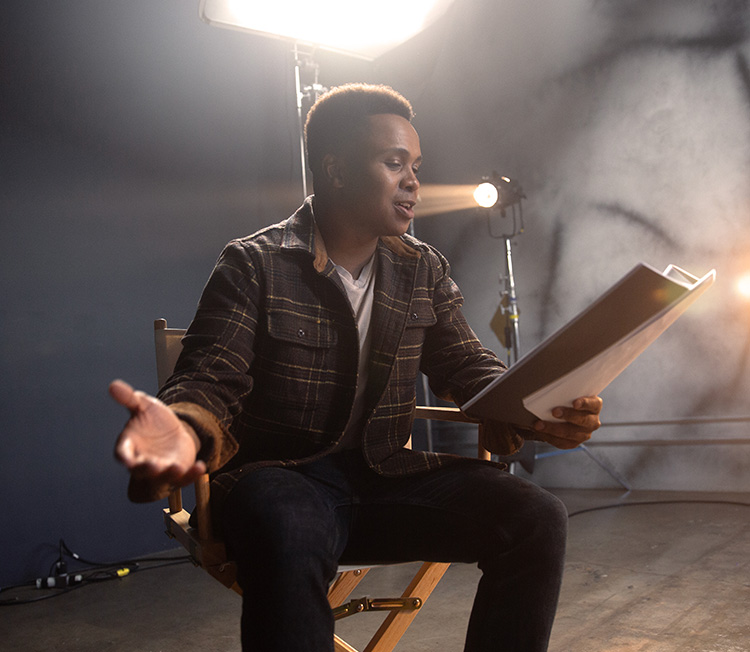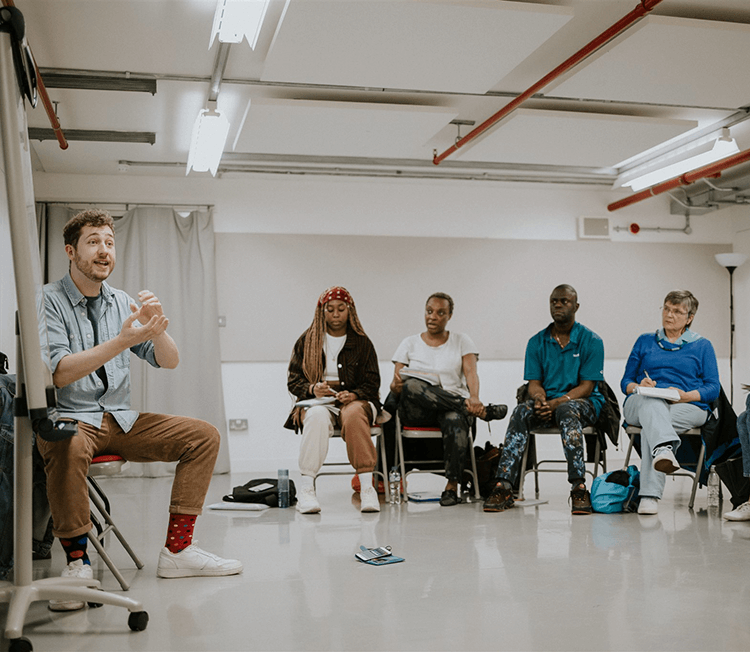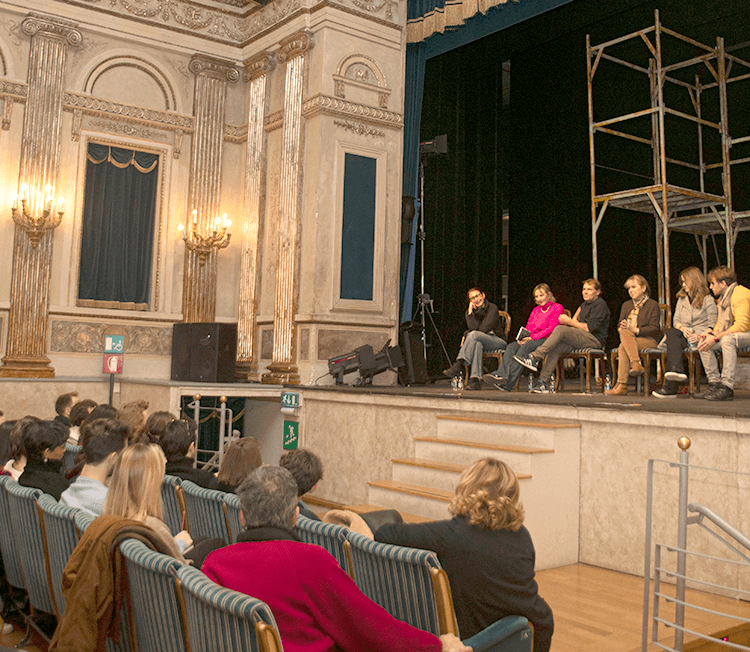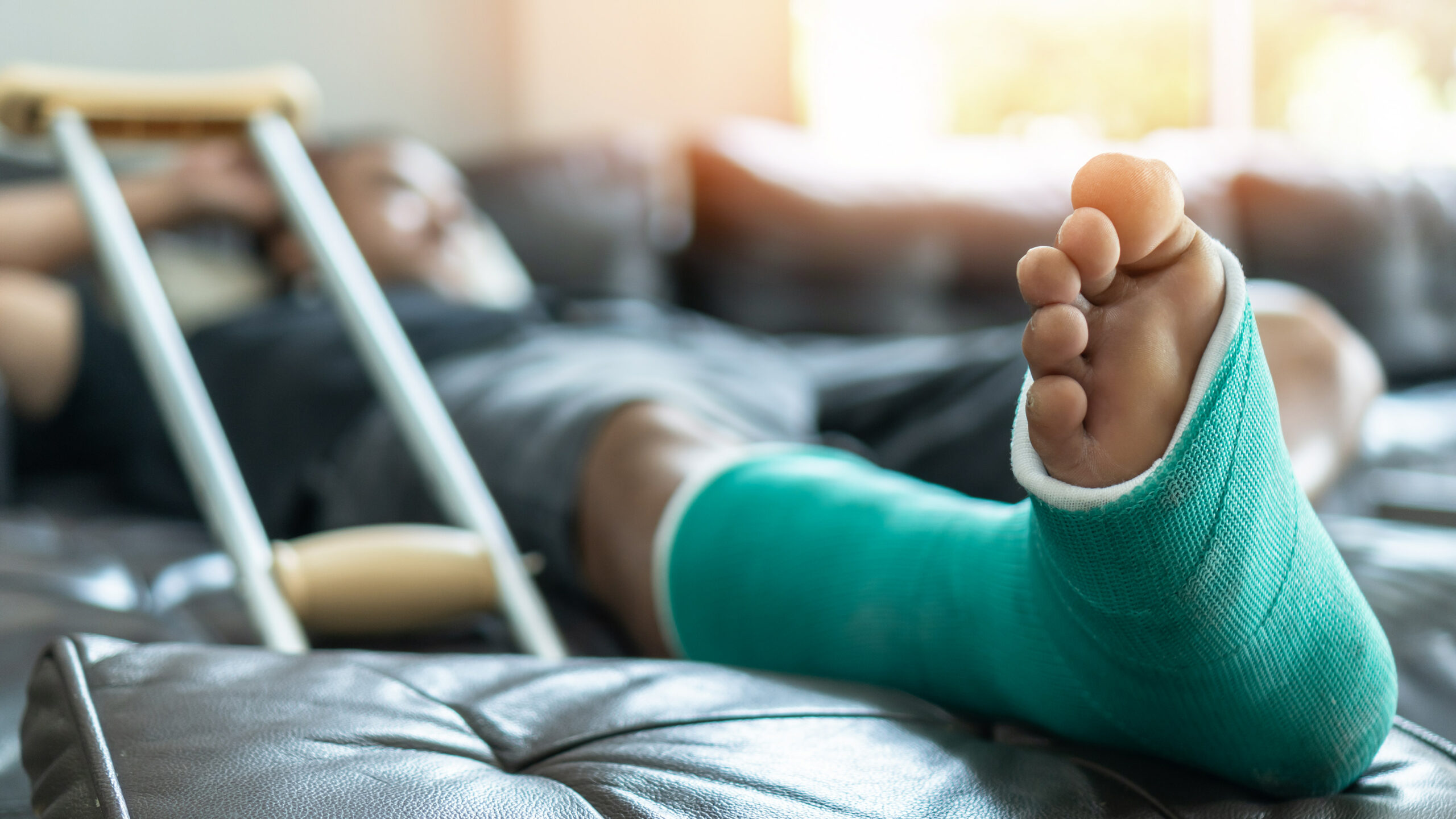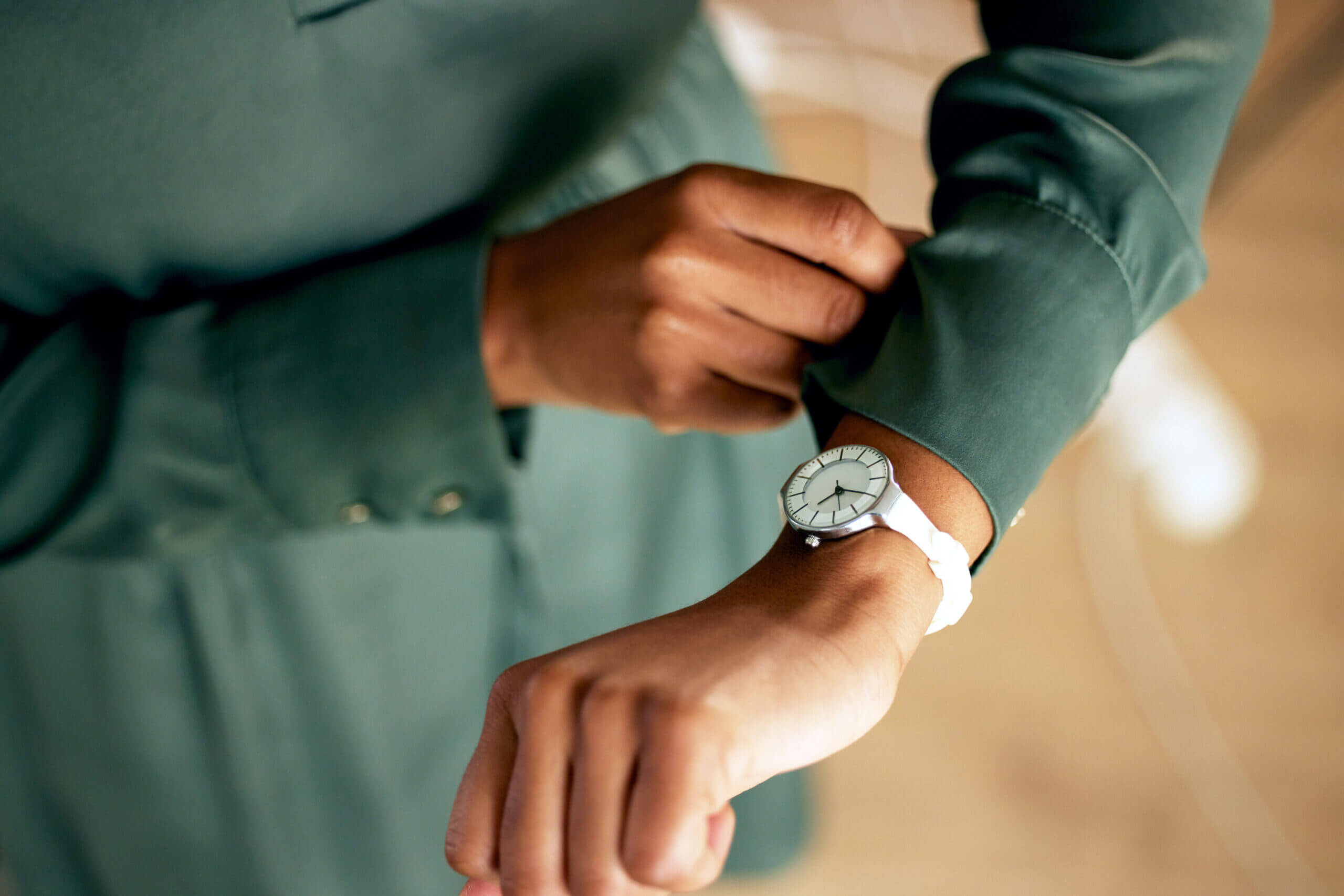Helpful tips on how performers can recover from injuries as quickly and sustainably as possible
The need for injury management is inevitable in the demanding life of a performer. Ideally, we avoid injury at all costs, but even with implementing regular prevention practices, it’s likely that you’ll be dealing with one at some point in your career. This article will empower you with practical injury management tools to ensure that your recovery is healthy and sustainable, so that you can get back in action as quickly as possible – while continuing to promote longevity within your career.
The term ’injury’ is very broad. There are so many kinds of injuries – made even more diverse by the fact that each of us is unique – so the same type of injury will manifest differently in each individual. To be as all-encompassing as possible, injury will be referred to as: damaged body tissue which requires a healing process to restore its health and functionality, and fully recover.
Now that we’re on the same page, let’s get into how to effectively and safely manage injury:
1. Treat the cause
The root causes of injuries vary greatly, and all require specific treatments to recover. Identifying the root cause is key in determining the best treatment going forward. For example, if your injury stems from poor nutrition, treating it with only physiotherapy isn’t enough. This example should be treated by improving nutrition to target the source of the injury, combined with physiotherapy to strengthen and treat the downstream effects – thus helping you to recover and manage your injury long-term. Treating the root cause of an injury is essential in making a sustainable recovery.
Often, correctly identifying the cause can be tricky on your own. As an exercise scientist working with performers, I constantly refer my clients to injury specialists – such as physiotherapists and specialist doctors – to help accurately identify the source of that specific injury and prescribe the best treatment plan.
2. Tailor the treatment to you
Just as there are many different causes of injuries, so too are all injuries different. This is because the root cause – in combination with all of the unique factors that make up you – results in an injury that is also unique. Not only is it essential to treat an injury specifically, but it’s also important to ensure you’re getting the best treatment for you, your body, and your needs. Personalising your treatment can be a gamechanger.
For example, adapting your rehab exercises to fit in with your daily schedule. If you’d like professional personalised guidance in this area, seeing an injury specialist can be a huge help. The kinds of specialists that I most often refer my clients to for this kind of guidance include physiotherapists, biokineticists, exercise scientists, strength and conditioning experts, and pilates instructors with injury management expertise.
3. Rest
Rest is an essential element in recovery. When an injury occurs, it’s important to rest so that you don’t further aggravate the damaged tissue – while allowing your body to begin to heal. With guidance from a physiotherapist or injury specialist throughout the recovery process, resting should be balanced with strengthening and rehabilitation exercises to safely and sustainably recover.
4. Relative rest
This refers to resting the specific injury – but still doing other exercise that doesn’t aggravate it – in order to stay fit and active. For example, if your arm is injured, you could focus on leg work, lower body strengthening, core strength, flexibility, vocal exercises, singing, or perfecting accent work. These examples will still allow your training to progress and keep you in routine, while incorporating rest and ensuring that your injury recovers.
5. Sleep
Getting enough good quality sleep is essential to your healing. When we sleep, our bodies repair and regenerate damaged tissue. Sleep also has profound holistic effects on wellbeing and performance optimisation, so prioritising getting enough good sleep not only helps your recovery – but also helps your performance ability in general.
6. Mental health
Injury can be extremely frustrating. Finding ways to de-stress and process are incredibly beneficial in recovery. This could be something as simple as implementing breathing exercises into your daily routine, meditating, journaling, spending time outdoors, chatting to friends or family, doing some fun self-care, or seeing a qualified therapist. Do whatever works best for you.
7. Make sure you are progressing
Continue to hone other aspects of your craft during the time that you’re unable to perform at your best. Even if you can’t do what’s required in rehearsal or training, make sure you’re still challenging yourself and developing. If, for example, you can’t participate in a dance rehearsal, use that time to make notes of the choreography, do the background work, and identify the intention behind the piece. You could also use that time to work on your flexibility, do your rehab exercises and other strength training; putting relative rest into action. You might be behind choreography-wise, but you’re still building other strengths and skills. This will also do wonders for your mental health.
8. Strengthening
Whether this is traditional strength training, physio prescribed exercises, pilates, functional training, or resistance training, make sure that you’re building strength to help your recovery, prevent future injury and optimise your overall performance.
9. Ice and heat
In combination with resting, ice and heat can be effective tools in recovery. Both methods help with healing in different ways:
- Ice decreases swelling and inflammation, and reduces pain. In general, ice should be used after exercise.
- Heat increases blood flow to the site of the injury, which promotes healing. Heat also helps to loosen up the muscles and fibres, and reduce stiffness.
As each injury and performer are unique, I would recommend getting professional guidance from an injury specialist on which method(s) you should be using. However, if you are ever in doubt, ice and rest until you’re able to get a professional assessment.
I’d like to leave you with a final thought that has changed the game for me as a performer: remember that injury always teaches us something about ourselves and our bodies. We will, of course, aim to avoid injury, but if we listen, we can learn incredibly valuable information from injury, and utilise that to streamline our training and career progress.
Perhaps it shows you areas where you need to strengthen, or what elements are missing from your nutrition. Make sure that you take note of what that injury is telling you so that you can come back even stronger, with a better understanding of yourself, ready to take on any challenge. You’ve got this!
Find more tips and advice for wellbeing and mental health on our website.
 Ariella Barnett is an Exercise Scientist, Sports Physiologist and Performing Artist. Combining her experience as a professional Performing Artist with her expertise as an Exercise Scientist, Ariella guides industry professionals to reach new heights. Specialising in working with performing artists, Ariella optimises overall performance, manages wellbeing, embraces individuality and prevents injury, to ultimately build long, sustainable, successful careers.
Ariella Barnett is an Exercise Scientist, Sports Physiologist and Performing Artist. Combining her experience as a professional Performing Artist with her expertise as an Exercise Scientist, Ariella guides industry professionals to reach new heights. Specialising in working with performing artists, Ariella optimises overall performance, manages wellbeing, embraces individuality and prevents injury, to ultimately build long, sustainable, successful careers.
Headshot credit: Justin Munitz / Headshots Cape Town
Main image credit: Chinnapong / iStock



